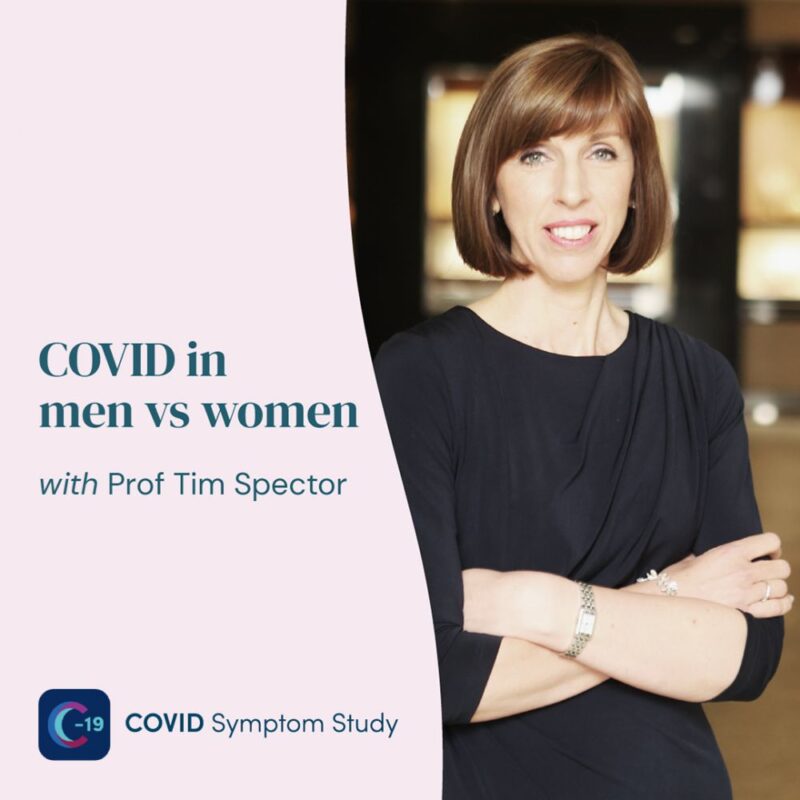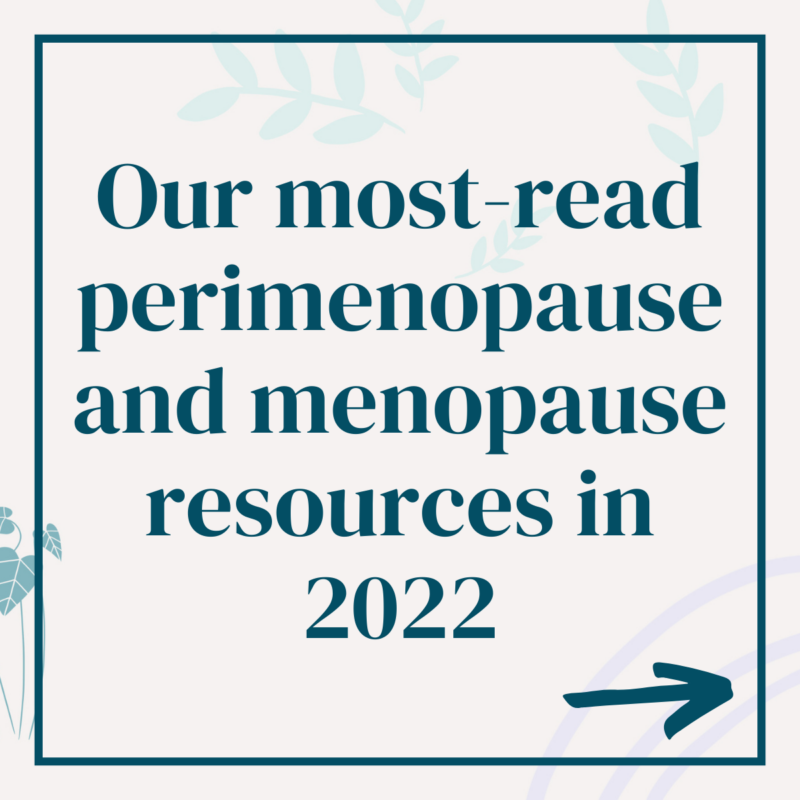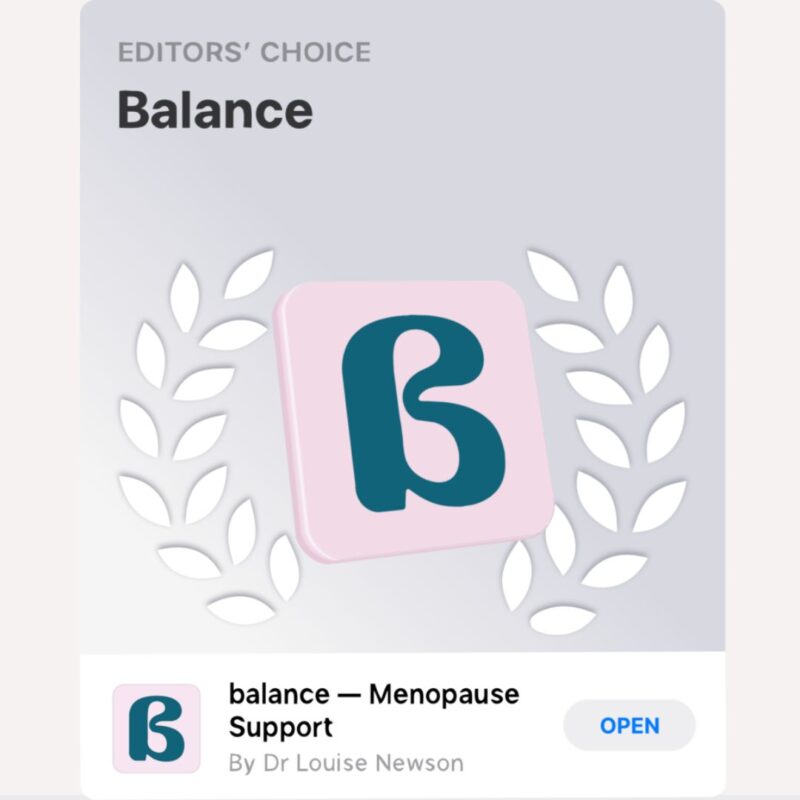How the US Government and The Media Conspired to Convince Women That Menopausal Hormone Therapy Was Dangerous
Published: 2nd July 2020
Professor James Simon is a Clinical Professor of Obstetrics and Gynaecology and Reproductive Endocrinology at George Washington University in Washington DC and also the President of the International Society for the Study of Women’s Sexual Health (ISSWSH) and Past President of the North American Menopause Society (NAMS). The Professor recently gave a lecture explaining how medical journalism and the media have been misrepresenting HRT as dangerous, particularly since the WHI (Women’s Health Initiative) study was first publicised in 2002.
Speaking of his talk, entitled “How the US Government and The Media Conspired to Convince Women That Menopausal Hormone Therapy Was Dangerous“, Professor Simon said:
The well-intentioned, National Institutes of Health (NIH)-sponsored Women’s Health Initiative (WHI) consists of a series of investigations developed in the 1990s to answer complicated women’s health questions. The impact of menopausal hormone therapy on cardiovascular disease, the #1 killer of women, being exemplary.
The first results were publicised in July 2002 at a press conference and followed by a flurry of papers in The Journal of the American Medical Association (JAMA). Recent reviews and exposés, newer publications from the NIH, and re-analyses reveal unconscionable bias and spin in the initial reporting. A pattern of scandalous perfunctory reviews by JAMA validated the biased presentation of the data and undermined the peer-review process and credibility of that journal. This lecture, meant for a diverse professional audience, is my attempt to provide balance and focus on how these revered institutions (NIH, JAMA, FDA, etc.) need to be held accountable for misleading the world’s women about menopausal hormone therapy.
The enlightening hour-long lecture aims to give the audience a better understanding of the true benefits and risks of HRT and to acknowledge common myths that have stemmed from the original misrepresented data.
Dr Louise Newson said “I honestly feel that all healthcare professionals (and all menopausal women) should watch this, to have a really balanced understanding of what went wrong with the misreporting of HRT risks to both the public, and the medical literature. [Professor Simon’s] knowledge of statistics is incredible and this lecture is certainly one of the best I have ever heard”.
Those who have viewed the lecture should be able to:
- Apply relevant data and not media hype to educate patients and other healthcare professionals in guiding them through HRT decision-making
- Understand the misreporting of the WHI Hormone Studies by the media and in medical literature
- Improve your personal understanding of the risks and benefits of HRT
- Have a better appreciation of and appropriate context for the true risks of HRT
Click here to watch the full lecture
You may also find the following timings breakdown useful to help pinpoint specific elements of the lecture:
03:34 – Misreporting of WHI Hormone Studies
13:24 – Problems with observational studies of CVD risk with HRT in menopausal women
15:34 – History of HRT: disease prevention
19:25 – HRT and breast cancer risk
28:28 – Rates of use of HRT since WHI study
29:36 – HRT as a potential treatment of breast cancer
34:18 – Breast cancer as a secondary outcome in WHI Hormone Studies
47:48 – HRT and ovarian cancer risk and its media reporting
50:09 – Cardiovascular disease as a primary outcome in the WHI Hormone Studies
52:21 – Vaginal estrogen safety labelling being incorrect
57:20 – Conclusions from WHI Hormone Studies
1:01:09 Conclusions from presentation





